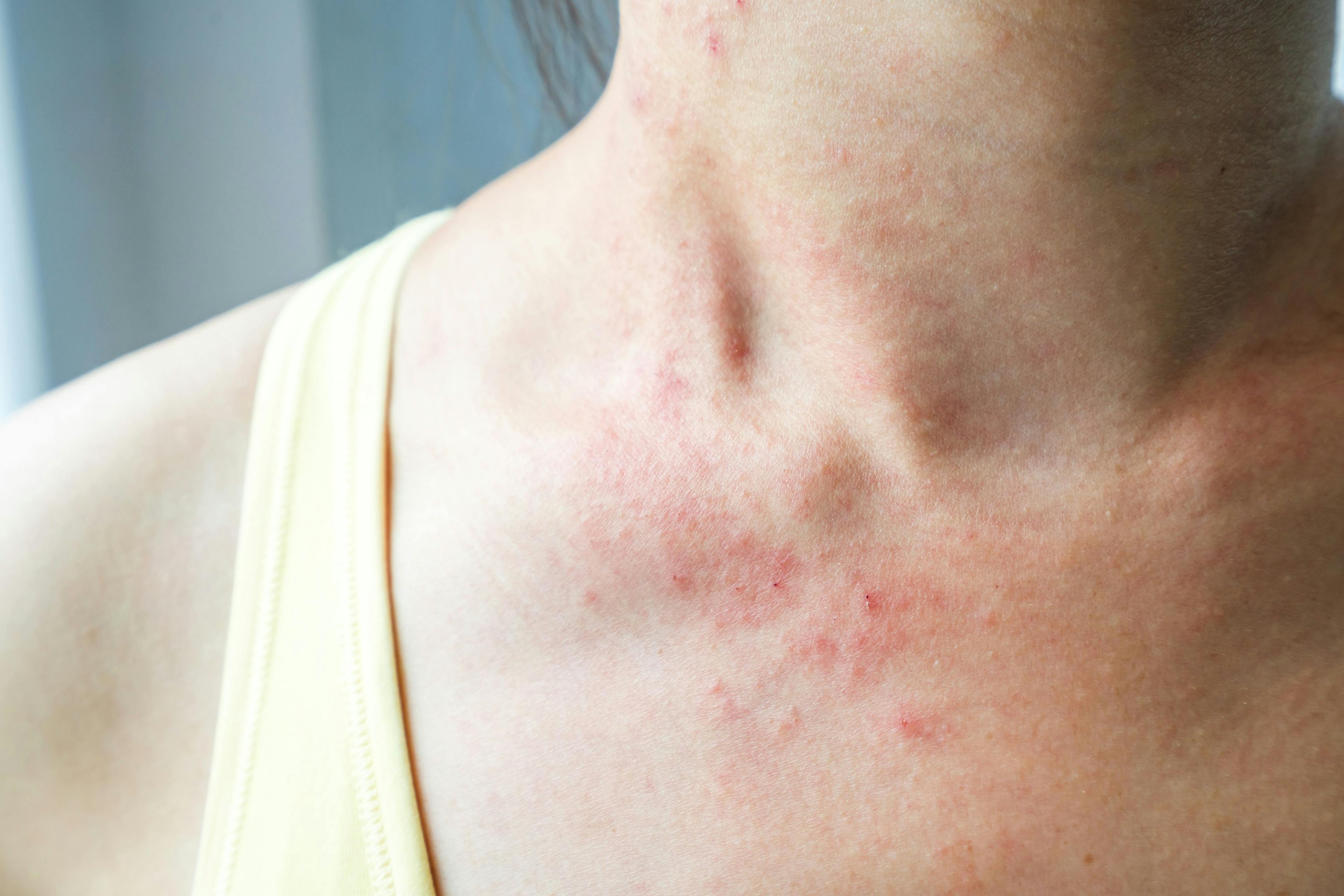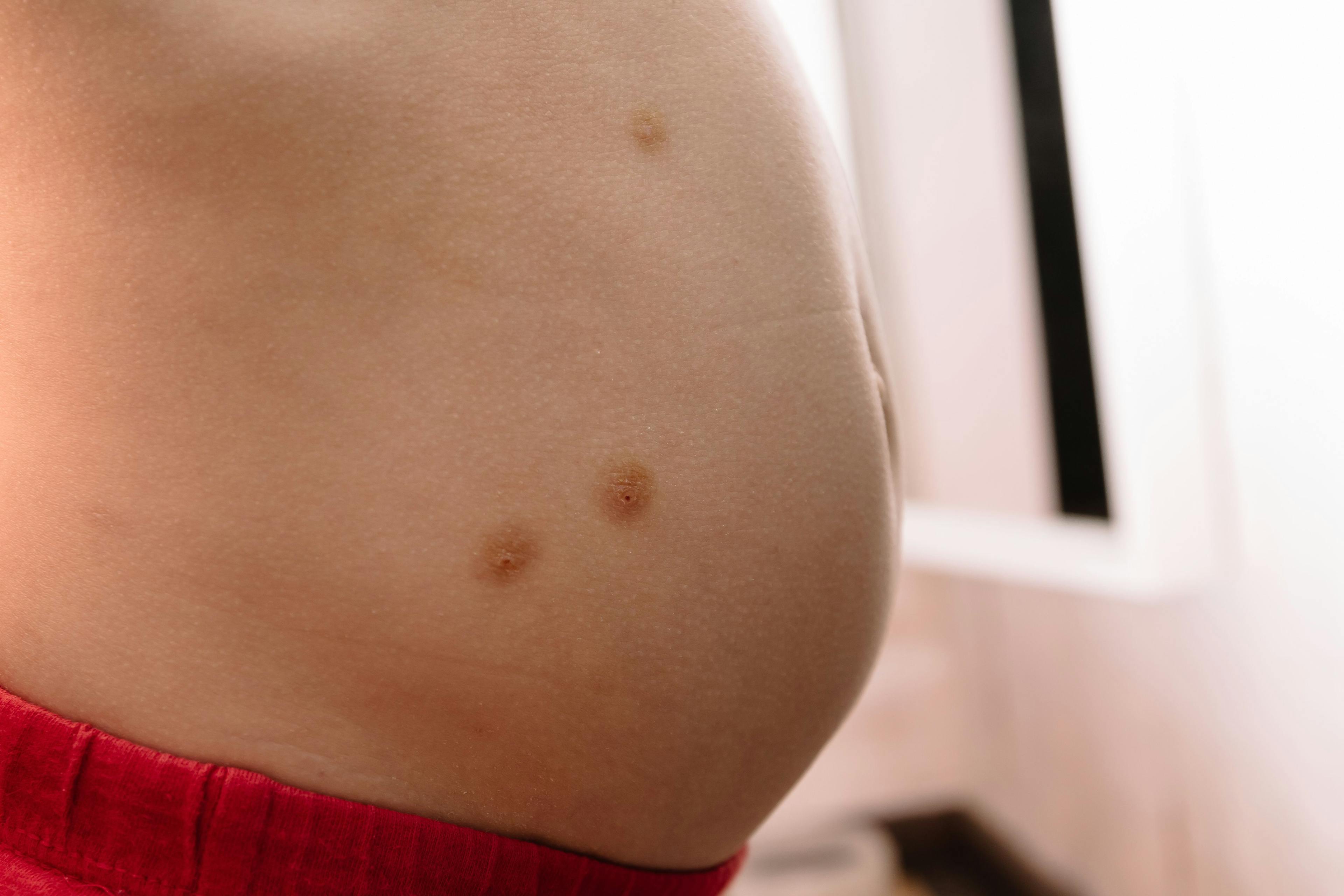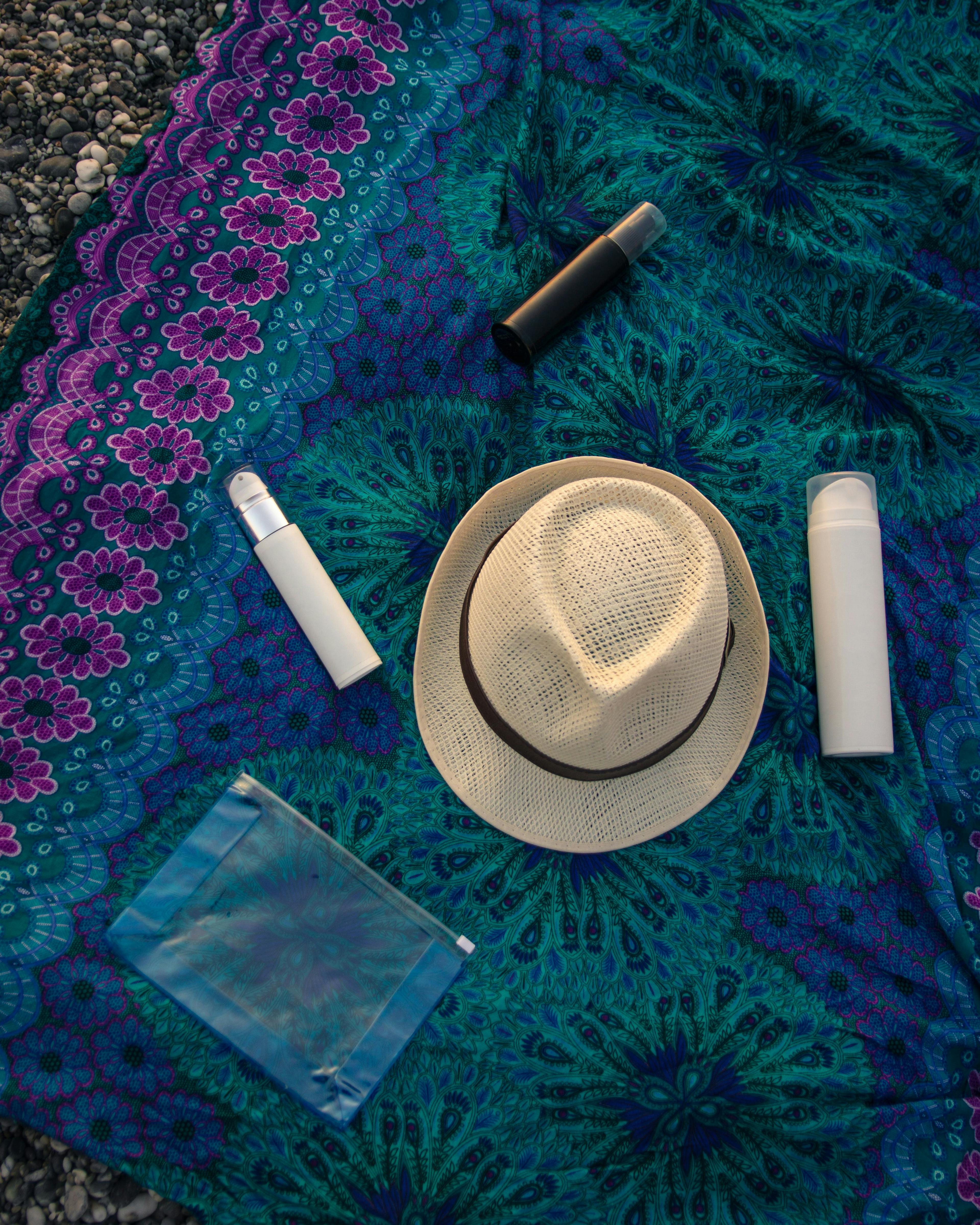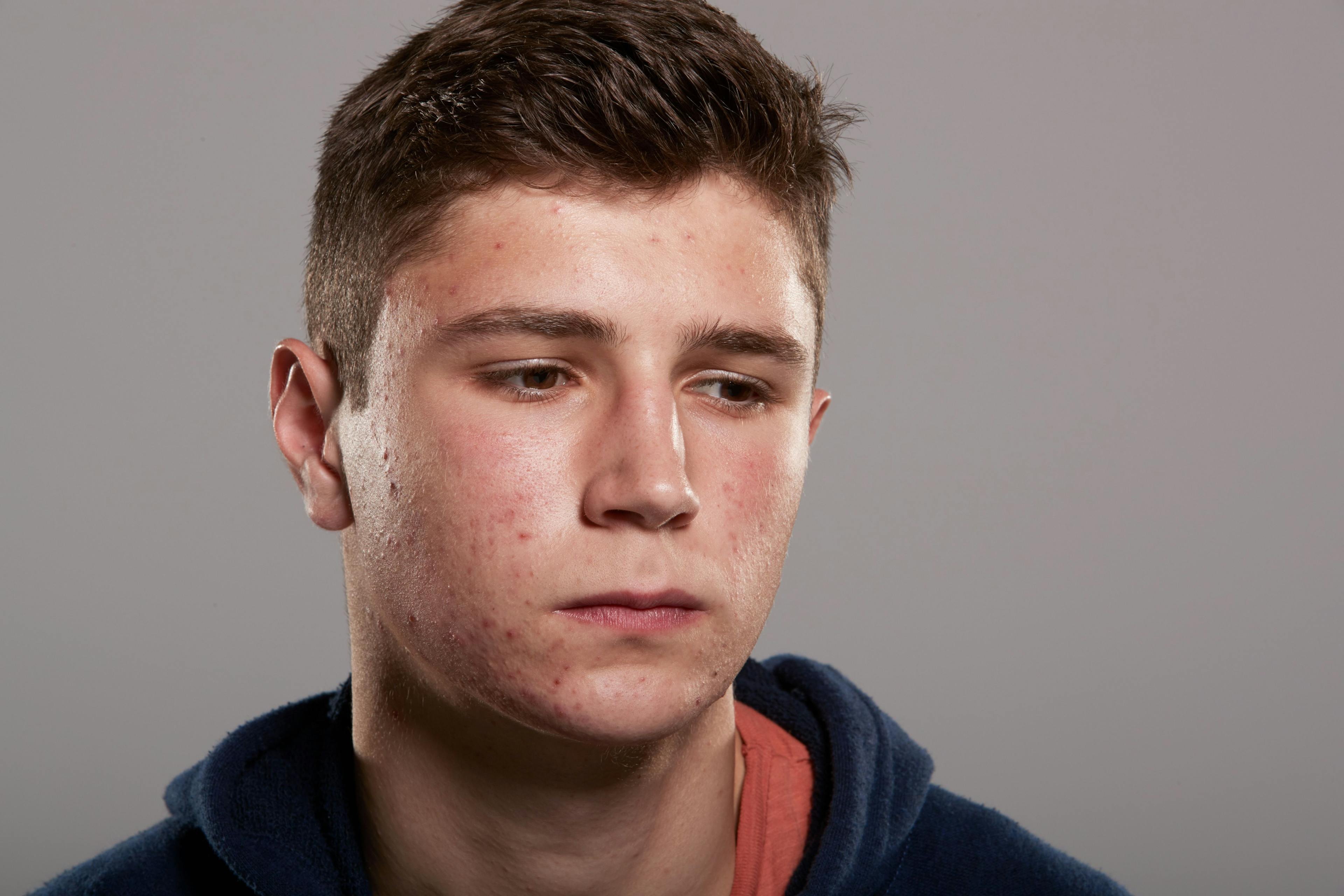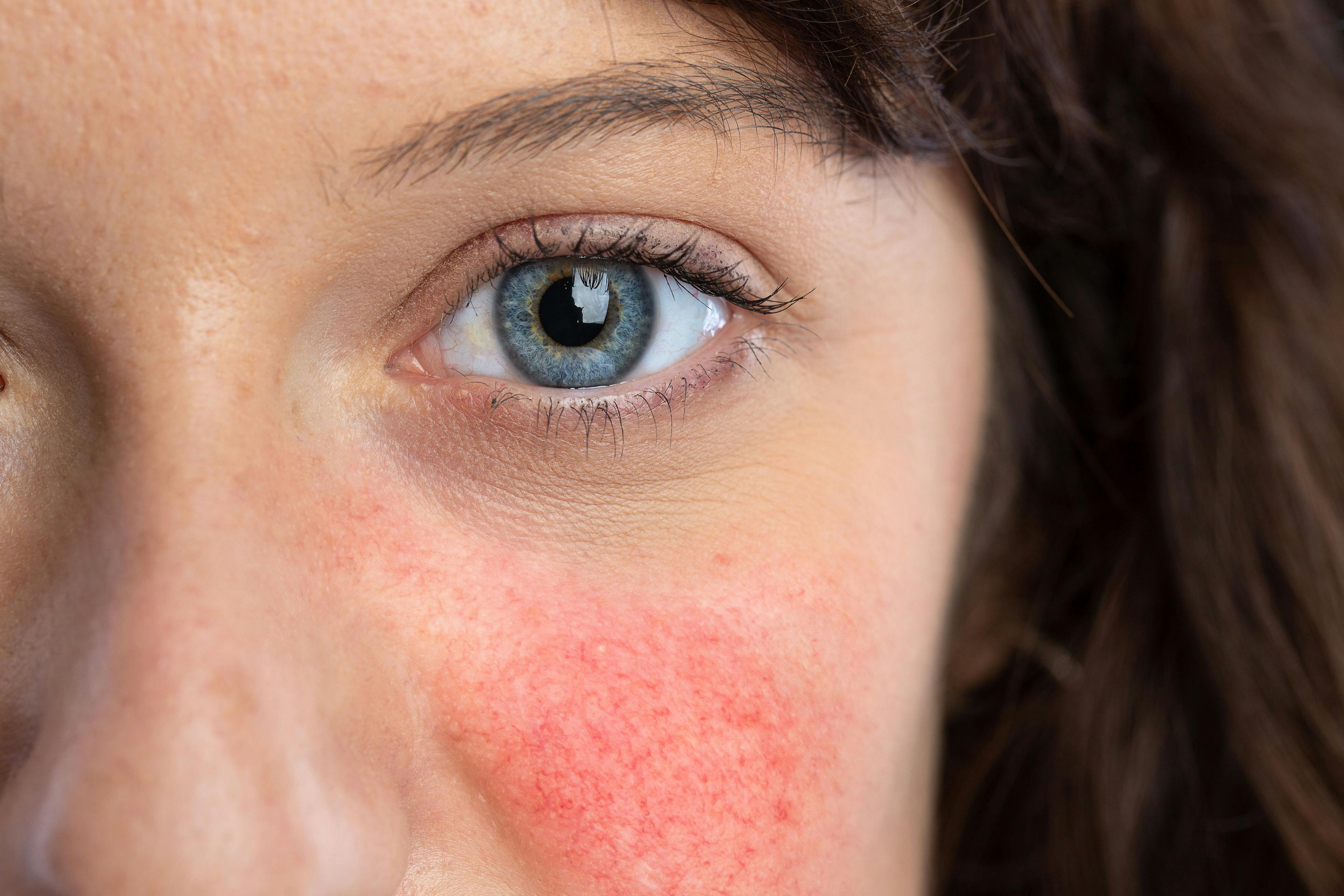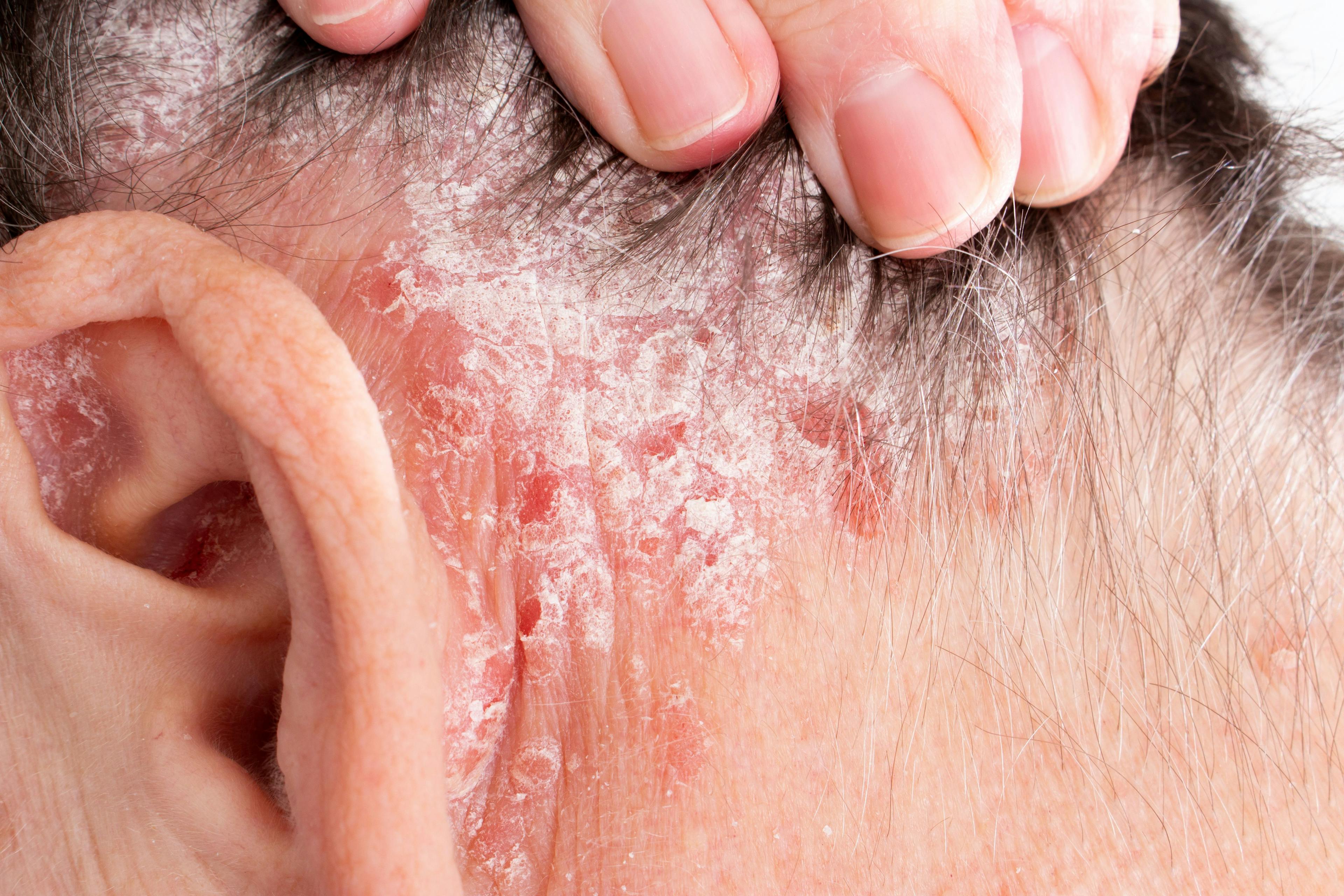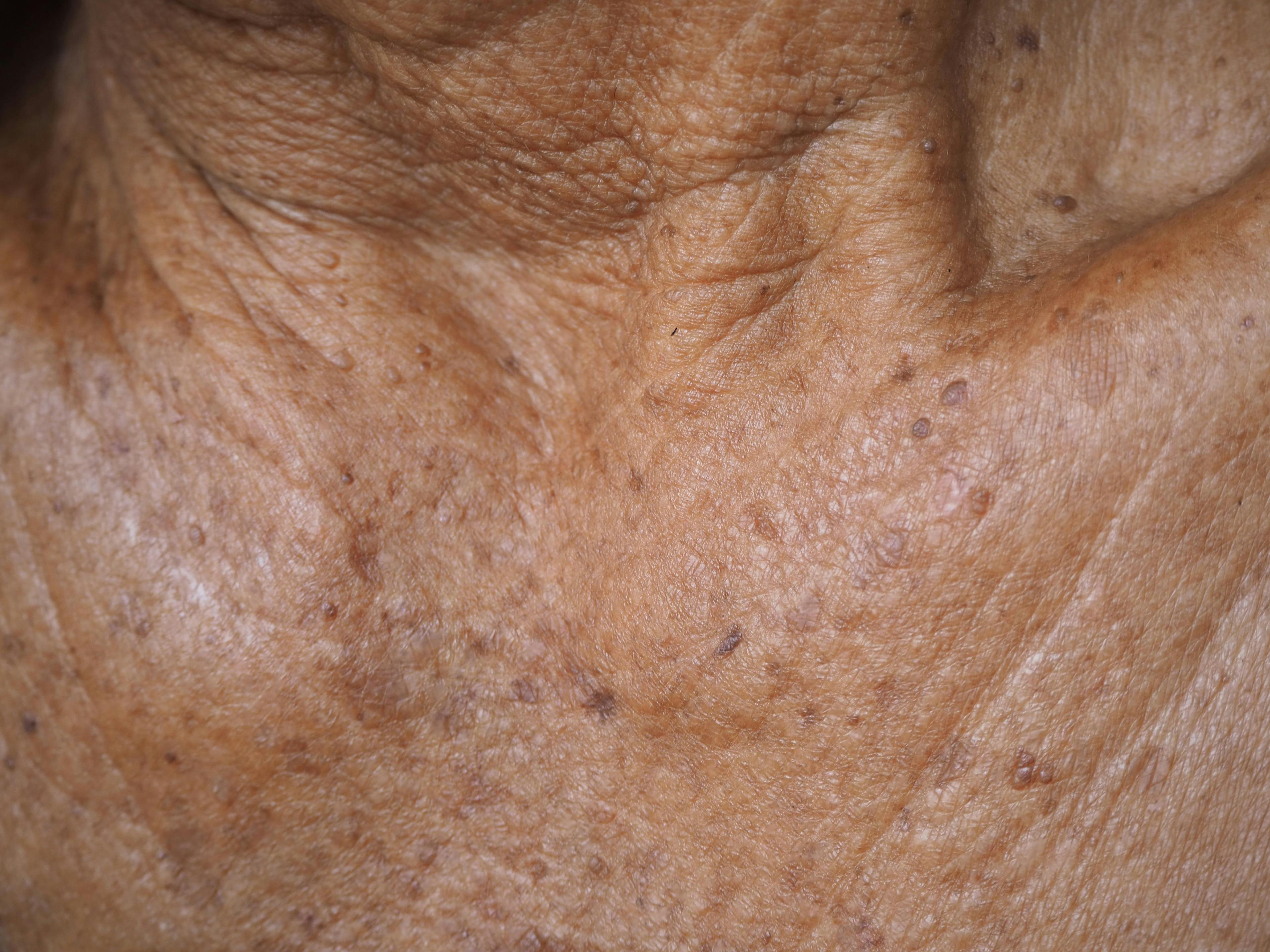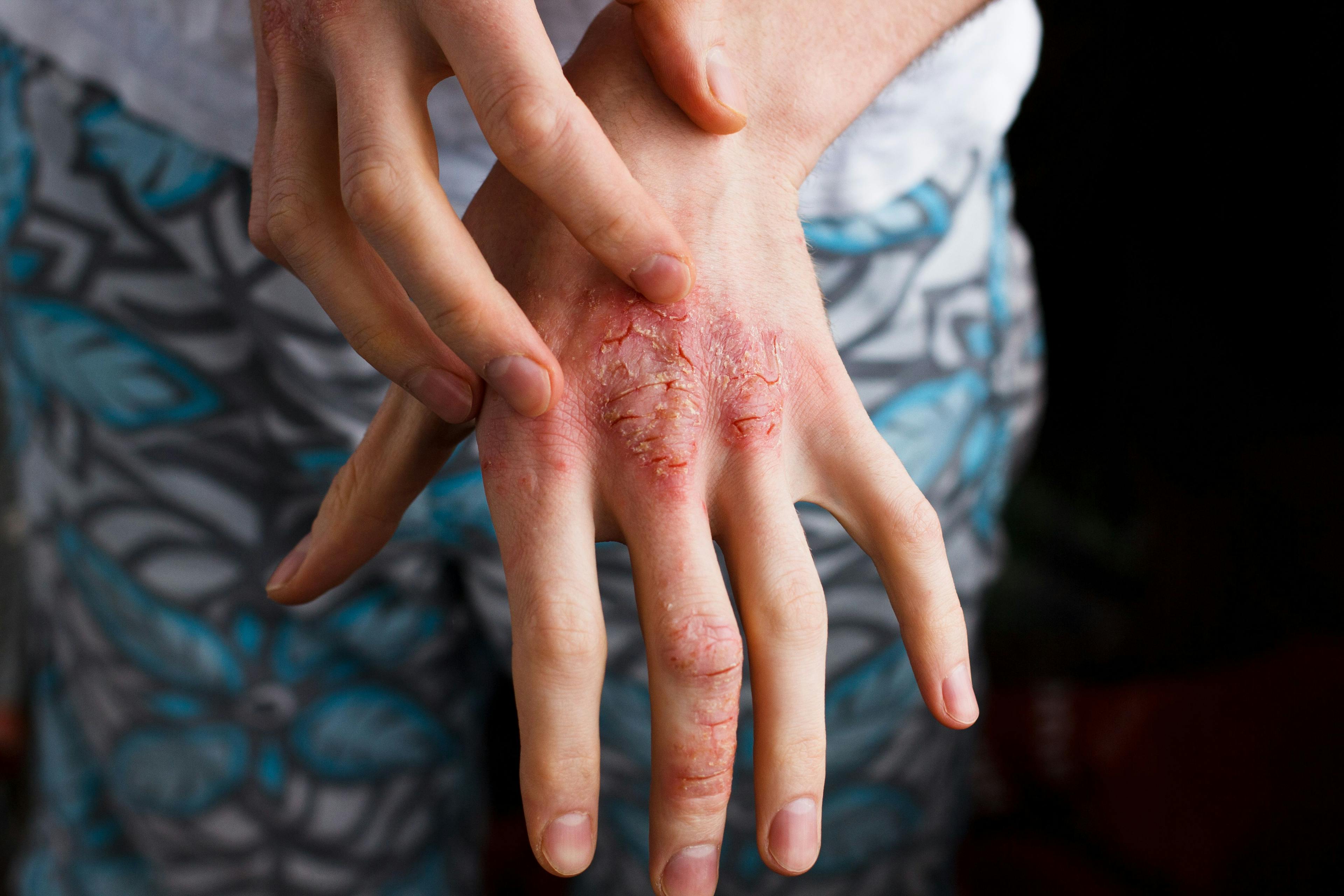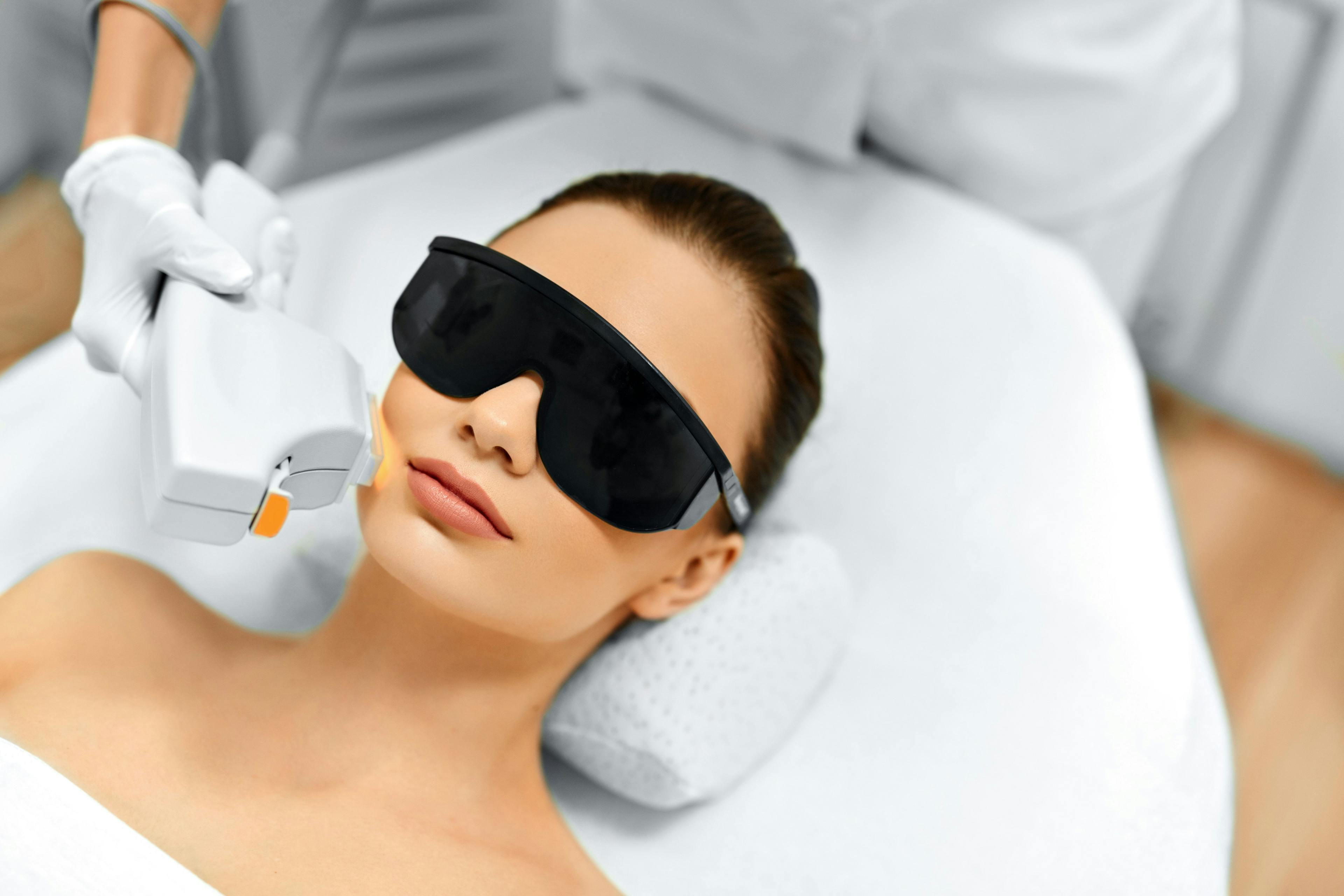- Acne
- Actinic Keratosis
- Aesthetics
- Alopecia
- Atopic Dermatitis
- Buy-and-Bill
- COVID-19
- Case-Based Roundtable
- Chronic Hand Eczema
- Chronic Spontaneous Urticaria
- Drug Watch
- Eczema
- General Dermatology
- Hidradenitis Suppurativa
- Melasma
- NP and PA
- Pediatric Dermatology
- Pigmentary Disorders
- Practice Management
- Precision Medicine and Biologics
- Prurigo Nodularis
- Psoriasis
- Psoriatic Arthritis
- Rare Disease
- Rosacea
- Skin Cancer
- Vitiligo
- Wound Care
Publication
Article
Dermatology Times
Pediatric Acne: What Signs are Concerning?
Author(s):
Which is more worrisome, neonatal or infantile acne? An expert answered this question and more during Maui Derm NP+PA Fall 2021’s update on acne and rosacea.
Diagnosing and treating preadolescent acne requires detailed under- standing of its presentation from the neonatal period through preadolescence, as well as knowing when acne could signal underlying health issues such as endocrine disorders, Raegan Hunt, MD, PhD, service chief of pediatric dermatology at Texas Children’s Hospital and assistant professor of dermatology and pediatrics at Baylor College of Medicine, both in Houston, said in a Maui Derm NP + PA Fall 2021 session on pediatric acne.1
Neonatal (0-1.5 months) acne does not present with comedones or cysts and/or carry a risk of scarring. This common papulopustular eruption is self-resolving, and gentle cleansers and topical antifungal medications can help the skin clear more rapidly, Hunt explained.
On the other hand, infantile acne is uncommon, appearing more frequently in boys, with an onset from 1.5 to 12 months and a greater likelihood of scarring. It is also associated with a higher risk of adolescent acne and does produce comedones, inflammatory papules, acne cysts, and nodules.
Typical treatment, according to Hunt, includes topical medications such as benzoyl peroxide, retinoids, and azelaic acid or systemic medications like erythromycin. Trimethoprim/sulfamethoxazole can be used in patients older than 3 months. For severe treatment-resistant cases, off-label use of isotretinoin should be considered.
Because infants (0-3 months) cannot swallow capsules, Hunt explained, if isotretinoin is prescribed for painful or cystic scarring acne in this age group, the oily medication vehicle must be removed from the capsule with a syringe and given by mouth, or the capsule can be frozen, cut, and hidden in food, as appropriate.
Infantile acne is typically not associated with an endocrinopathy, so a laboratory work-up for endocrinologic abnormality is not usually needed, Hunt said. However, she advised looking for signs of accelerated growth and advanced Tanner staging and, if abnormal, considering laboratory evaluation
Next question addressed: When is preadolescent acne of most concern? Midchildhood acne can be a sign of a much deeper issue; it is often associated with endocrinologic disorders, such as a tumor, Cushing syndrome, or premature adrenarche, Hunt said. Patients in this age group require an endocrine laboratory work-up. Recommended tests include follicle-stimulating hormone, luteinizing hormone, dehydroepiandrosterone sulfate, cortisol, free and total testosterone, and 17-hydroxyprogesterone, as well as a bone age x-ray.
Clinical findings of midchildhood acne include comedones, inflammatory papules, and nodules with an onset from ages 1 year to 7 years. It poses a risk of scarring, and treatment includes topical retinoids, benzoyl peroxide, and topical and oral antibiotics. Hunt emphasized that tetracycline derivatives should be avoided in patients younger than 8 years.
Preadolescent acne has the same clinical findings, treatment, and risk of scarring as midchildhood acne, but the onset of lesions begins between ages 8 and 12 years and is usually normal, not a sign of a more serious health concern. For this patient group, an endocrine work-up is not typically needed, according to Hunt.
She described a case of an 11-year-old boy on adalimumab for Crohn’s disease who had numerous pustules on the nose and rare inflammatory papules and comedones elsewhere on the face. The patient had failed treatment with topical retinoids and topical antibiotics, including doxycycline, and had a poor response to intralesional triamcinolone injection. The patient’s gastroenterologist advised against additional oral antibiotics or isotretinoin.
For children with prominent pustules on the nose that do not clear with traditional acne treat- ments, demodicosis may be the correct diagnosis, Hunt said. She treated this patient’s case with 2 doses of about 200 μg/kg oral ivermectin 1 week apart and topical permethrin 5% cream once daily for 1 week.
Although Demodex colonization burden is lower in childhood and increases with age, Hunt said, demodicosis can occur in pediatric patients and may be associated with disorders such as Langerhans cell histiocytosis, leukemia, lymphoma, and HIV in children. Demodicosis may secondarily exacerbate pediatric periorificial dermatitis, she added.
Lastly, she touched on the subject of acne in transgender patients and how more than 90% of transmasculine youth experience issues with acne which may be triggered or made worse by testosterone that is used in gender affirming therapy. Hunt explained that it is recommended that acne is monitored every 3 months after the start of testosterone therapy.2
Furthermore, she said that moderate to severe acne in transmasculine patients is associated with an increased risk of depression (adjusted odds ratio of 2.4) and anxiety (adjusted odds ratio of 2.7).3 To help treat the acne that is exacerbating these mental health issues, she recommended assessing the acne type and treating as the severity and acne type indicates.
If the patient would likely benefit from a combination estrogen-progestin oral contraceptive pill and/or isotretinoin beyond standard first-line acne treatments with a combination of topical retinoid, topical and/or oral antibiotic therapy, these additional options should be offered, Hunt continued. The combination oral contraceptive pills may also benefit the patient beyond acne by suppressing menstruation, however, the clinician should recognize that oral contraceptive pills for acne therapy may be rejected by the patient because of its female hormone connotation she explained.
On the other hand, isotretinoin has its own risks in trans youth, including an increased risk of hepatotoxicity if the patient is taking isotretinoin and testosterone. Additionally, isotretinoin may cause depression, anxiety or suicidal ideation in some patients which could be more worrisome in a population already at high risk for these mental health issues, Hunt discussed.
Further, the iPLEDGE risk evaluation and mitigation strategy for isotretinoin requires registration and regular pregnancy tests based on sex assigned at birth, which may cause emotional distress for transmasculine patients. She added that long-term testosterone treatment is not considered a reliable form of birth control. These conversations should be approached with compassion and open communication, Hunt concluded.
Disclosure:
Raegan Hunt, MD, PhD had no disclosures.
Reference:
- Hunt R. Pediatric Acne. Session presented at: Maui Derm NP+PA Fall 2021 conference Program; October 1, 2021; Accessed October 1, 2021. Asheville, North Carolina
- Kosche C, Mansh M, Luskus M, et al. Dermatologic care of sexual and gender minority/LGBTQIA youth, Part 2: Recognition and management of the unique dermatologic needs of SGM adolescents. Pediatr Dermatol. 2019;36(5):587-593. doi:10.1111/pde.13898
- Braun H, Zhang Q, Getahun D, et al. Moderate-to-severe acne and mental health symptoms in transmasculine persons who have received testosterone. JAMA Dermatology. 2021;157(3):344-346. doi:10.1001/jamadermatol.2020.5353
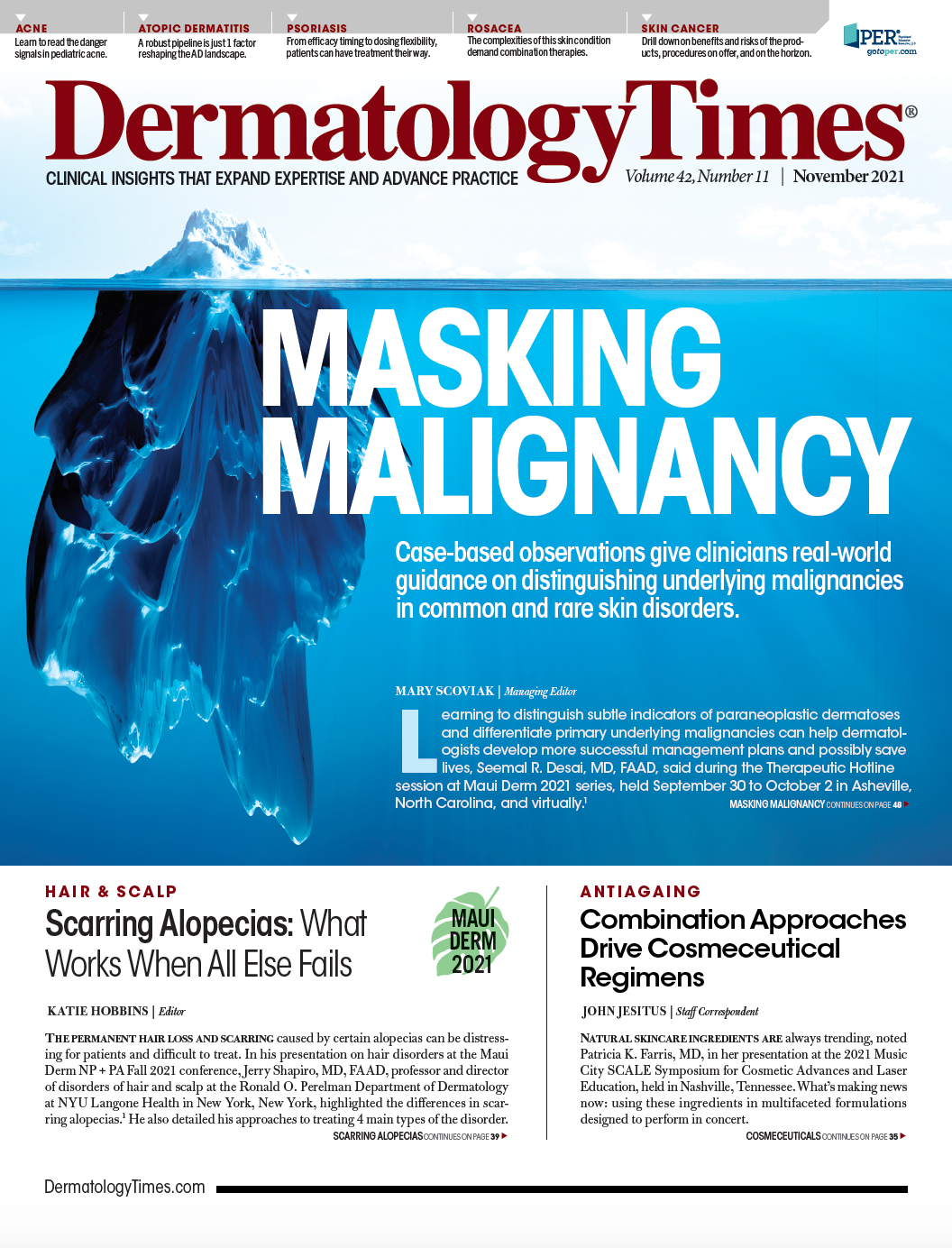
Newsletter
Like what you’re reading? Subscribe to Dermatology Times for weekly updates on therapies, innovations, and real-world practice tips.



